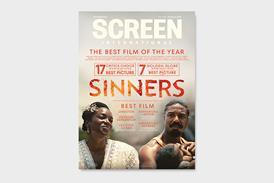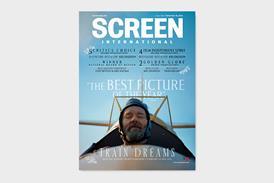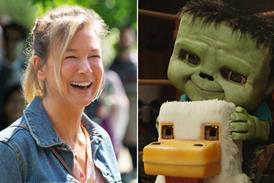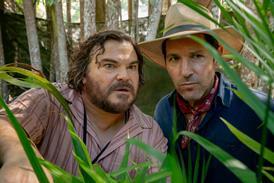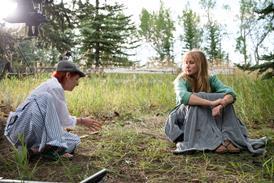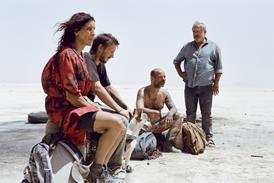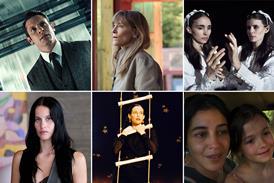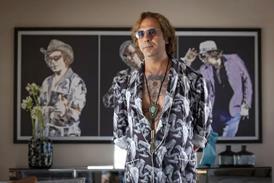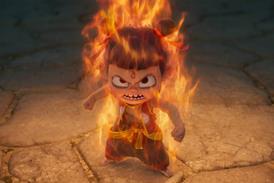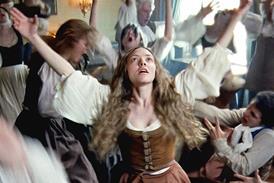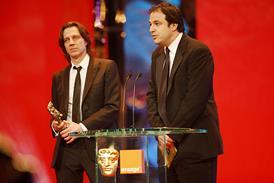The Spanish director’s latest work plays in San Sebastian Competition
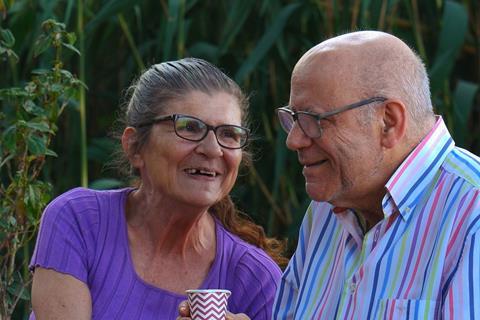
Dir. José Luis Guerín. Spain. 2025. 122mins
Whatever the direct translation of its Catalan name, the north Barcelona district of Vallbona may not look like much of a ‘good valley’; particularly as seen from the region’s motorways and railway lines. But, as depicted in José Luis Guerín’s documentary Good Valley Stories, this rough-edged working-class neighbourhood has at least some elements of earthly paradise – and certainly offers a fertile ground for studying humanity in its contemporary urban diversity.
Fascination, affection and respect
This is the latest film from the Spanish filmmaker whose work has explored the borders of documentary and fiction, and who made his strongest international ripples with 2007’s Strasbourg-set drama In the City of Sylvia. Competing in San Sebastián – where Guerín’s In Construction won the Special Jury Prize in 2000 – Good Valley Stories should draw solid attention on its domestic release next year, with intensified attention in Barcelona and the wider Catalonia region. But it also deserves to hit a mark with docu-loving constituencies on the specialist circuit worldwide.
Opening credits describe Good Valley Stories as a ‘work in progress’, and you can imagine how the film might expand and develop with time. Its setting is shown to have undergone significant transformations over the years, with further radical changes seemingly happening already. Vallbona is situated on the northern edge of Barcelona, and is described by one resident as an ‘island’, because it is effectively isolated by the area’s rivers, motorways and railway lines.
The film is prefaced by Guerín’s exploratory black and white Super-8 footage of his location, shown complete with sprocket holes, before the film proper commences by showing us a notice inviting members of the local community to attend auditions for a prospective movie, which will draw on their own ideas and suggestions. In an initial set of interviews, prospective subjects appear alone, in pairs or in family groups.
Despite the title, Guerín, who also serves as editor, doesn’t give us narratives so much as representative moments from Vallbona life, sometimes artfully structured as opposed to fully staged. The large, diverse cast includes people who have long been rooted in Vallbona and its past as a rural community, together with newcomers – some foreign, some locals forced to leave central Barcelona because of rent rises. We meet a group of elderly men, long-term friends arguing vigorously but affably; three very animated children from the Dominican Republic; and a clearly devoted elderly couple, a music-loving Italian-Brazilian woman and her husband, whose dementia advances rapidly following his initial interview.
The dialogue includes a range of international languages, as well as Catalan and Spanish. There are a mother and daughter conversing in their own African dialect; an Indian family tending their allotment; two Russian women discussing the repercussions of the war in Ukraine for their families. Some individuals stand out, notably the doyens who show us the ruins of Vallbona’s old rural spaces and demolished buildings, now graffiti-covered ruins – one old man dies before the film’s end.
Guerín films conversations using multiple cameras to give dialogues a close-up, quasi-dramatised feel, editing by shot and reverse shot, but without undermining their organic, spur-of-the-moment flow. Some of the community moments we see – including an outdoor flamenco singalong – appear to be laid on expressly for the film, and sometimes that is made very clear. One example is the series of river bathing interludes in which the younger Vallbonans commune with nature; the last of these abruptly interrupted in a scene that brings home the community’s limited ownership of its own domain.
Alicia Almiñana’s camerawork sometimes brings a touch of sly artifice to the imagery – a close-up of a bowl of tomatoes suggesting a 17th century still life painting, for example. Highly composed shots of apartment blocks manage to contain several families in one frame, with echoes both of Rear Window and of the spy-like perspectives that Italy’s Gianfranco Rosi used in his documentary Sacro GRA. (Indeed, this natural-seeming but highly crafted communal portrait very much shares a kinship with Rosi’s social panoramas.) Guerín’s film doesn’t romanticise its subject, and certainly shows the harsher aspects of how it must be to live in Vallbona – but does so vividly, with fascination, affection and respect.
Production companies: Perspective Films, Los Ilusos Films
International sales: Shellac sales@shellacfilms.com
Producers: Javier Lafuente, Jonás Trueba, Gaëlle Jones, José Luis Guerín
Screenplay: José Luis Guerín
Cinematography: Alicia Almiñana
Editor: José Luis Guerín
Music: Anahit Simonia

